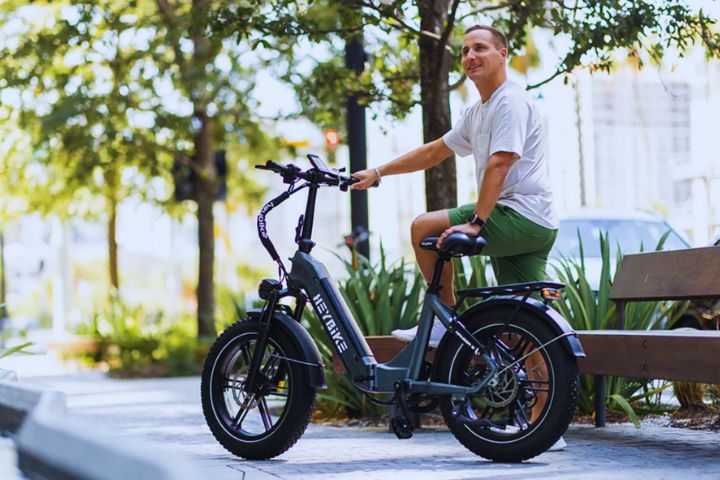Electric bikes in the U.S. have surged in popularity, offering an eco-friendly, convenient, and fun way to get around. But before you hit the road or trail, it’s important to understand the laws that govern electric bicycle use. From electric bicycle classes to helmet requirements and where you can legally ride, knowing the rules can keep you safe and avoid fines.
Understanding the Electric Bicycle Classes
The United States follows a three-class system for electric bikes:
-
Class 1: Pedal-assist only, no throttle, max speed of 20 mph.
-
Class 2: Throttle-assisted, max speed of 20 mph.
-
Class 3: Pedal-assist only, max speed of 28 mph, often comes with a speedometer.
These categories determine where your bike can be ridden. For example, Class 1 bikes are typically allowed on bike paths and trails, whereas Class 3 bikes may be limited to roads or protected lanes. Check your state’s regulations-PeopleForBikes
Licensing, Helmet Use, and Age Restrictions
Each state may set additional rules. Some important aspects to consider:
-
Licensing: Most states don’t require a driver’s license for e-bike riders, but some require registration.
-
Helmet Laws: Many states mandate helmets for riders under 18. Class 3 bikes often require helmets for all riders regardless of age.
-
Minimum Age: Some states restrict Class 3 bike use to riders over 16 or 18.
Knowing these guidelines is especially important if you’re purchasing electric bikes in the U.S. for your teen or as a family.
Where You Can Ride
Your e-bike’s class affects where you can legally ride:
-
Bike Lanes & Roads: Generally, all classes are allowed.
-
Multi-use Paths & Trails: Class 1 is widely accepted, Class 2 sometimes allowed, Class 3 often restricted.
-
National Parks: E-bike access depends on local policy; many allow Class 1 & 2.
Always consult local signage and trail websites.
Federal vs. State Guidelines
The federal government defines e-bikes but gives power to states to legislate local use. This means:
-
Motor must be under 750W
-
E-bike must not exceed 28 mph
-
Beyond that, state laws apply
Being aware of electric bicycle classes and where they apply is crucial if you ride in multiple states.
Final Thoughts About Electric Bike in the U.S
As electric bikes in the U.S. continue to grow in popularity, so does the need for rider awareness. Make sure your bike complies with the local laws, especially if you’re crossing state lines. When in doubt, visit your local Department of Transportation or PeopleForBikes for updated e-bike laws.












Leave a Reply